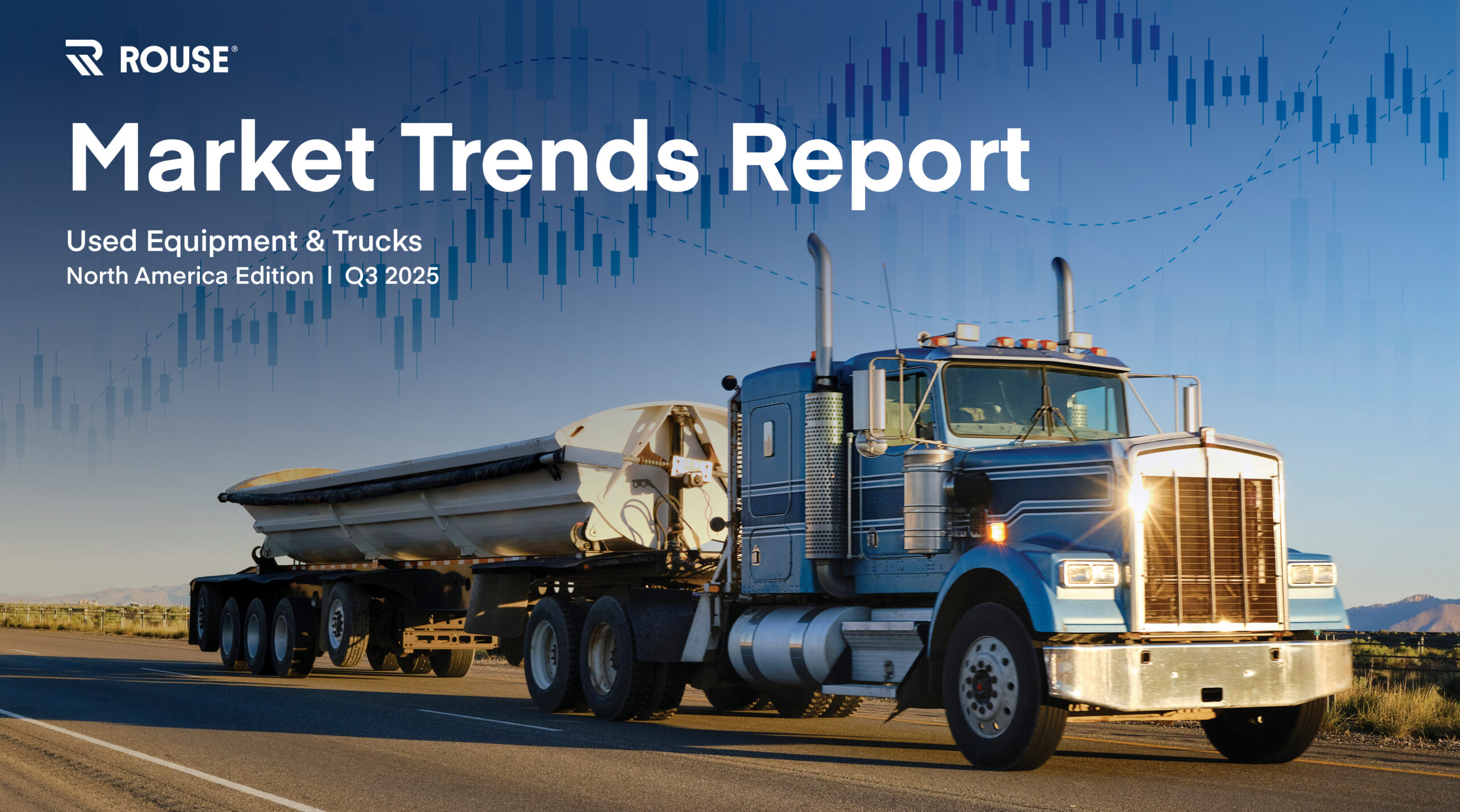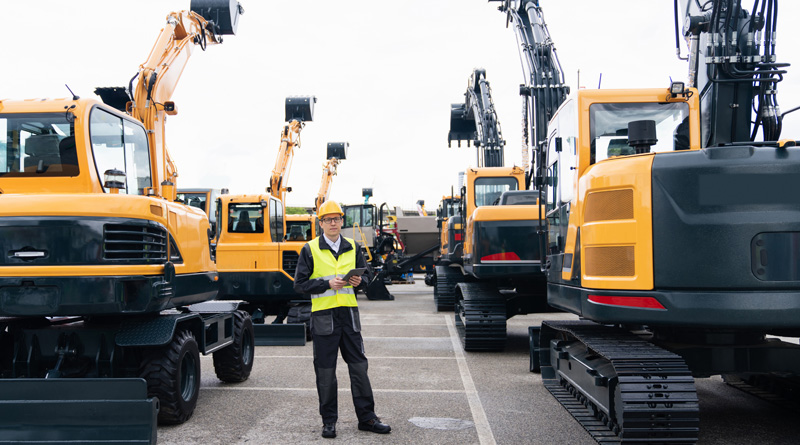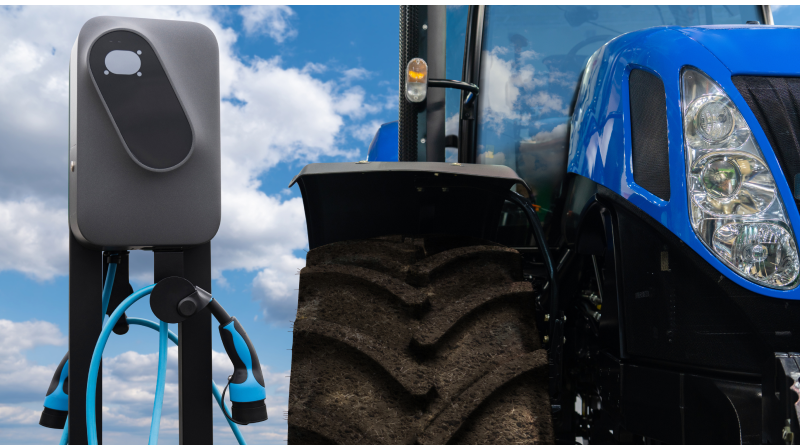How much can you haul? DOT axle weight limits for semi trucks
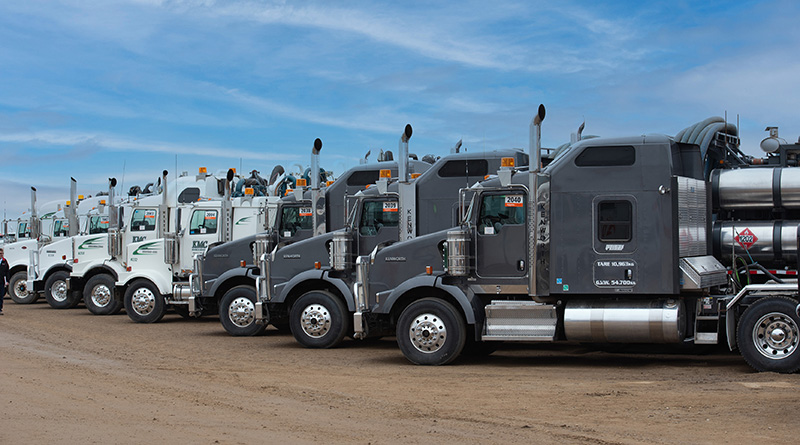
In the world of commercial trucking, weight isn’t just about how much your semi can haul—it’s about how that weight is distributed. Axle weight limits are a critical part of staying compliant with Department of Transportation (DOT) regulations, and violating them can lead to costly fines, excess wear on your rig, and serious safety issues.
Whether you’re operating a single truck or managing an entire fleet, understanding axle limits helps you haul legally, safely, and efficiently.
Let’s break down what you need to know.
GVWR vs. Axle Weight Limits: Know the Difference
When it comes to weight regulations, not all numbers are created equal.
The Gross Vehicle Weight Rating (GVWR) is the maximum total weight a vehicle is rated to carry, including the truck, trailer, cargo, fuel, and driver. This number is set by the manufacturer and reflects what the truck can safely handle overall.
However, axle weight limits are different. These are legal limits for how much weight can rest on any single axle or group of axles—regardless of the GVWR. For example, even if your GVWR is rated for 80,000 lbs, you can’t legally put 50,000 lbs on your drive axles and just 10,000 on the steer. The weight must be distributed correctly to meet axle-specific laws.
Why it matters:
Understanding both GVWR and axle limits is essential to avoiding overweight tickets and preventing uneven wear on tires, suspension systems, and braking components.
Axle configurations and typical weight limits
Not all axles are created equal—and the law accounts for that. In the U.S., the DOT generally enforces the following standard axle weight limits:
- Single Axle: up to 20,000 lbs
- Tandem Axle (two axles close together): up to 34,000 lbs
- Tridem Axle (three axles grouped): up to 42,000–60,000 lbs depending on spacing and state
Most typical Class 8 semis have a steer axle and tandem drive axles, with a configuration that looks something like this:
| Axle Type | Typical Limit |
| Steer Axle | 12,000 lbs |
| Tandem Axles | 34,000 lbs |
| Total (Standard) | 80,000 lbs |
Keep in mind that axle spacing and number of tires per axle also affect what’s allowed. This is where the Federal Bridge Formula comes into play, which calculates how weight can be distributed based on the distance between axles.
Pro tip: Always weigh your rig after loading—especially if you’re operating near the legal limit or traveling across multiple states.
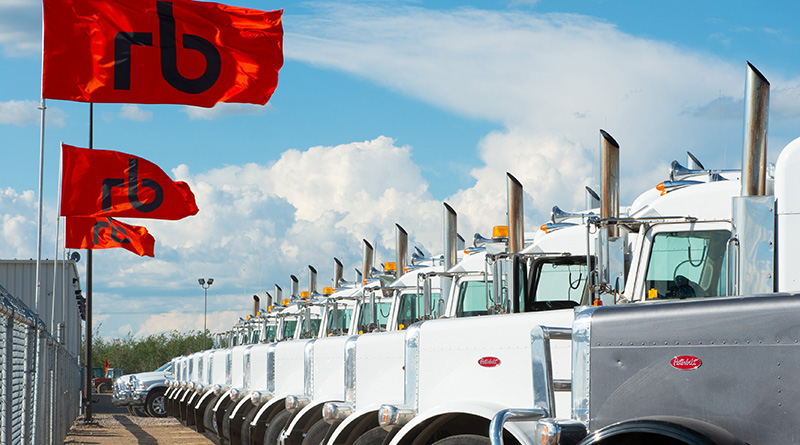
Federal vs. State axle weight rules
While the Federal Highway Administration (FHWA) sets the standard axle and gross weight limits for interstate highways, each state can set its own rules for other roadways.
Here’s how it breaks down:
- Federal maximums: 20,000 lbs for single axles, 34,000 lbs for tandem axles, and 80,000 lbs gross weight for a five-axle semi on the Interstate System
- State rules: Can be more lenient or stricter depending on the road type, season (e.g., frost laws), or local policies
For example:
- Michigan allows certain configurations to carry more than 160,000 lbs on state roads—but requires specialized axle groupings and permits.
- California often enforces tighter bridge-related weight limits than the federal standard.
Before heading into a new state, especially with a full load, it’s worth checking the local DOT site for updated rules and permitted routes.
Conclusion: staying compliant and haul-ready
Axle weight compliance isn’t just about avoiding fines—it’s about protecting your equipment, maintaining road safety, and ensuring every mile is a legal one. Stay on top of your rig’s weight limits, understand how weight is distributed across axles, and stay informed about the routes you’re hauling through.
Need to upgrade your truck or trailer to stay within spec? Whether you’re buying or selling, having the right axle configuration matters. At Ritchie Bros., we regularly sell a wide selection of trucks and trailers designed to meet federal and state axle requirements—so you’re ready for the road, no matter where it leads.
 |
How Ritchie Bros. delivers global scale for your assets |


